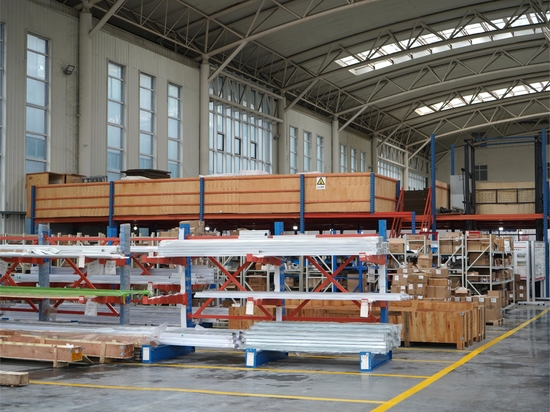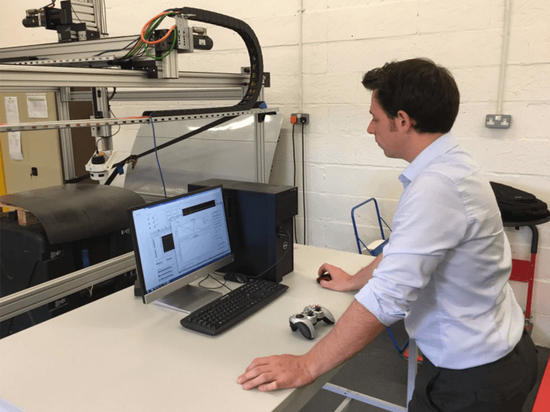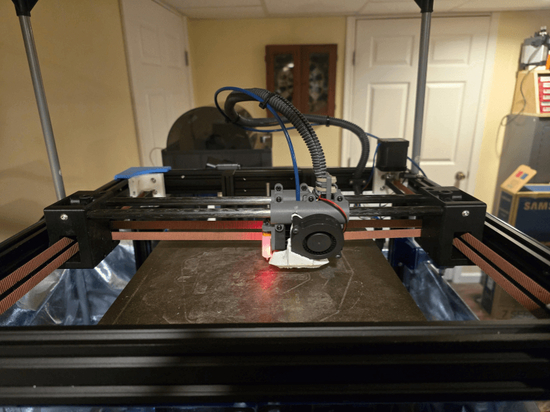
#Product Trends
Smart Mechatronics Add Capabilities to Linear Motion Applications
Today’s manufacturing system OEMs and automation end users are constantly seeking technology advancements to help make their lives easier.
Industry 4.0 innovations have spurred a new class of smart technologies that combine digital electronics and communication interfaces for more sophistication, functionality, and ease of use.
As more manufacturing companies embrace Industry 4.0-ready technology, emerging smart mechatronics technologies are giving machines greater intelligence and versatility. These advanced systems are also easier to specify, order, and deploy than past options — enhancing their value to OEMs and end users.
Understanding the capabilities of smart mechatronics can help system design engineers asses how best to leverage these mechatronics to making their manufacturing solutions highly competitive.
Modern mechatronics are integrated and versatile
Mechatronics are systems and subassemblies that combine disparate mechanical and electronic components into solutions dedicated to specific tasks. In the world of motion, two examples are product assembly and transport satisfied by mechatronic linear motion systems and Cartesian robots. Core to mechatronics is tight integration of electronic motors, controls, sensors, and linear components. Mechatronics could be considered a forerunner of Industry 4.0 technologies.
Smart mechatronics takes the concept further — taking the form of complete solutions that incorporate advanced sensors and operator-friendly controller platforms. These systems yield:
• Realtime data on machine performance
• Realtime data on manufacturing quality as applicable
• Precise control and execution of motion sequences
• Automated tracking of production data and throughput
• Easy connectivity with machine-level and plantwide management systems
Smart mechatronics step one: Online configuration
Smart mechatronics are faster and easier to design and commission than previous mechatronics systems. That’s helpful because mechatronics are by their very nature quite complex — demanding concurrent consideration and sizing of multiple linear components, drives, controllers, and operator interfaces … and then their careful combination.
The first step in specifying, purchasing, and commissioning a smart mechatronics machine is to leverage online tools accessible via supplier portals. These configuration tools let engineers build intelligent systems ready to operate “out of the box” with minimal programming … so are perhaps most helpful to engineers having just a basic understanding of electrical and fluid-power actuation (including linear motion) and motion controls. Users enter parameters such as stroke, workpiece weight, and cycle time, which then generates an output that can be verified in the online tool’s CAD environment. The following sizing and configurator prompts, all the components for the complete mechatronic solution — such as a Cartesian robot, pressing machine, or joining machine — can be specified in one go. It’s an option that lets engineers obtain a complete solution from a single supplier — receiving an integrated system shipped with preprogrammed motion sequences ready for plug-and-produce implementation.
Smarter, simpler operational control
Smart mechatronics can enhance productivity and flexibility usually with “transparent” production processes — with sensors for realtime condition monitoring.
Just consider how some manufacturers offer operation-specific mechatronic function kits to support such monitoring. For example, one function kit for a pressing machine might include an electromechanical cylinder, servo drive, motor, controller, sensors, and operator software to support pressing and joining assembly operations. Machines built using such a function kit are easy to implement, as the components come with operating software preinstalled … and automatic parameterization ready to run on the servo drive — so no motion control programming knowledge is needed to bring the machine online. The software features a drag-and-drop graphical user interface (GUI) that lets operators intuitively build production sequences — such as pressing ball bearings into a housing, for example.
In addition, data can also be exported via system interfaces to plantwide or cloud-based manufacturing analytics systems … making the smart mechatronics system an integral component of a company’s Industry 4.0 platform.
Similar capabilities are also being deployed for other factory automation scenarios, including linear motion systems such as Cartesian handling robots for pick-and-place or transport operations. They use similar online configuration tools to size and specify all the linear modules, actuators and end effectors, cabling, sensors, electric drives, and controller necessary for complete handling systems.







